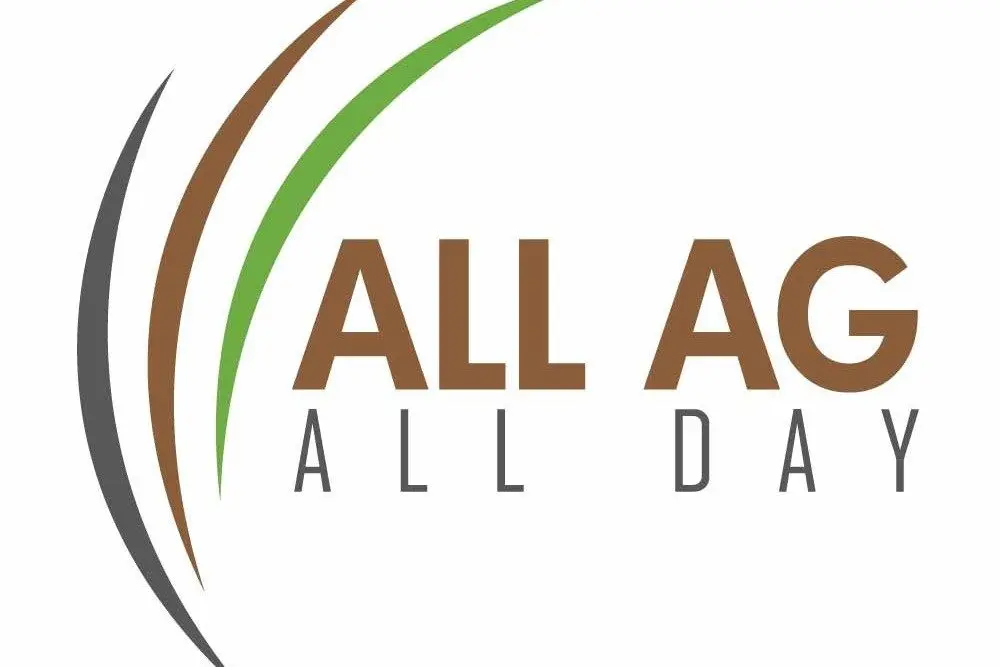
All Ag, All Day is the nation's only full-time farm radio station with studios in Floydada and Nashville, TN (www.AllAgNews.com)
Trump-Xi Trade Talks Revive China’s U.S. Soybean Commitments
WASHINGTON, DC – President Trump and President Xi Jinping’s summit this week produced one tangible result for U.S. agriculture: a new Chinese pledge to buy 441 million bushels of U.S. soybeans this season and at least 919 million bushels annually for the next three years. Treasury Secretary Scott Bessent said the arrangement marks a “reset” in agricultural trade ties, signaling that Beijing wants to re-engage after months of minimal U.S. purchases and heavier reliance on Brazil.
The announcement comes against a mixed historical backdrop. Under the 2020 Phase One trade agreement, China promised significant increases in U.S. farm imports but fell short of its targets. Data from the Peterson Institute for International Economics show Beijing met roughly 77 percent of its agricultural-goods goal and just 58 percent of total purchase commitments across all sectors by 2021. Since then, U.S. soybean exports to China have fluctuated widely — peaking near 1.14 billion bushels in 2020/21 before sliding to about 841 million bushels in 2024/25.
Analysts say the new three-year pledge could revive Gulf and PNW export traffic and lend support to futures if shipments are confirmed. Still, given China’s track record of shortfalls and ongoing logistics challenges, traders are cautious until sales appear in USDA data.
Farm-Level Takeaway: The new pledge offers optimism for soybean demand but remains unproven until actual deliveries materialize.
**********
Ethanol Output Slips as Stocks, Exports Strengthen
NASHVILLE, TN – U.S. ethanol production eased slightly last week, even as inventories and exports climbed, according to EIA data compiled by the Renewable Fuels Association. Output fell 1.9 percent to 1.09 million barrels per day — equal to 45.8 million gallons daily — but remained 0.8 percent above last year and 3.1 percent above the three-year average. The four-week average rate rose to an annualized pace of 16.7 billion gallons.
Ethanol stocks expanded two percent to 22.4 million barrels, running 2.7 percent above a year ago and 3.2 percent higher than the three-year average. Most of the build occurred along the Gulf and West Coasts. Gasoline supplied to the market — a proxy for demand — rebounded 5.6 percent to 8.92 million barrels per day, slightly trailing last year but still topping its three-year trend.
Net ethanol blending inputs held steady at 911,000 barrels per day, while exports jumped nearly 35 percent to 175,000 barrels per day, the highest since January. Analysts note the continued absence of imports for more than a year highlights the U.S.’s strong domestic balance and competitive export position.
Farm-Level Takeaway: Slightly lower output alongside stronger exports and inventories suggests a firming global ethanol market heading into winter.
**********
Succession Planning Gap Threatens Family Farms’ Future Stability
NASHVILLE, TN – Passing the farm on shouldn’t be guesswork. Yet AgAmerica notes that while nearly 70 percent of farmers planned to transition by 2025, only one in four families has a formal succession plan — even as family farms make up 95 percent of U.S. operations and nearly half of all farmland could change hands over the next 20 years. With margins tight and operators aging, the stakes for rural communities — land stewardship, jobs, and local tax bases — are rising fast.
The backdrop isn’t easy: the U.S. lost more than 140,000 farms from 2017 to 2022, plus another 20,000 since; total farms have dipped below two million; and farmland has fallen to about 880 million acres. Average farm size has grown by 20 acres — nudging more estates into potential federal tax exposure. One-third of producers are 65 or older, while fewer than one in ten is under 35.
Practical steps help: set clear goals; talk early and often; use asset-splitting or long-term buyouts for multiple heirs; choose tools for machinery, livestock, and land transfers; and lean on pros — tax advisors, ag mediation, and lenders — to structure a durable, affordable plan.
Farm-Level Takeaway: Treat succession like any major crop — plan early, document clearly, and calibrate cash flow so the next generation can succeed.
**********
Rabobank Warns Farm Margins Tighten Amid Trade Instability
NASHVILLE, TN – Harvest season is bringing both opportunity and strain, according to Rabobank’s Fall Harvest Outlook for North America. Analysts with the global ag lender say producers are facing a convergence of high input costs, shifting trade flows, and growing policy uncertainty that could delay a recovery in the commodity cycle.
Rabobank’s team points out that the U.S. — once China’s primary soybean supplier — has now been entirely replaced by Brazil, which supplies roughly 90 percent of China’s imports in 2025. Cheaper labor, multi-crop seasons, and favorable logistics have made South America more competitive. The shift, combined with tariffs and trade tensions, continues to challenge U.S. farmers struggling to stay profitable despite strong yields.
Input inflation remains a key pressure point, as fertilizer demand and government policy distort pricing. Analysts warn that enhanced federal payments, while well-intentioned, risk further market imbalances. Some producers exploring sustainability and cost-cutting innovations face new barriers as they try to improve margins without adding risk. Rabobank says the path forward depends on returning to market fundamentals and reducing policy-driven volatility.
Farm-Level Takeaway: Rabobank’s outlook signals a tightening margin environment, emphasizing the need for cost control, trade stability, and clearer policy signals heading into 2026.




